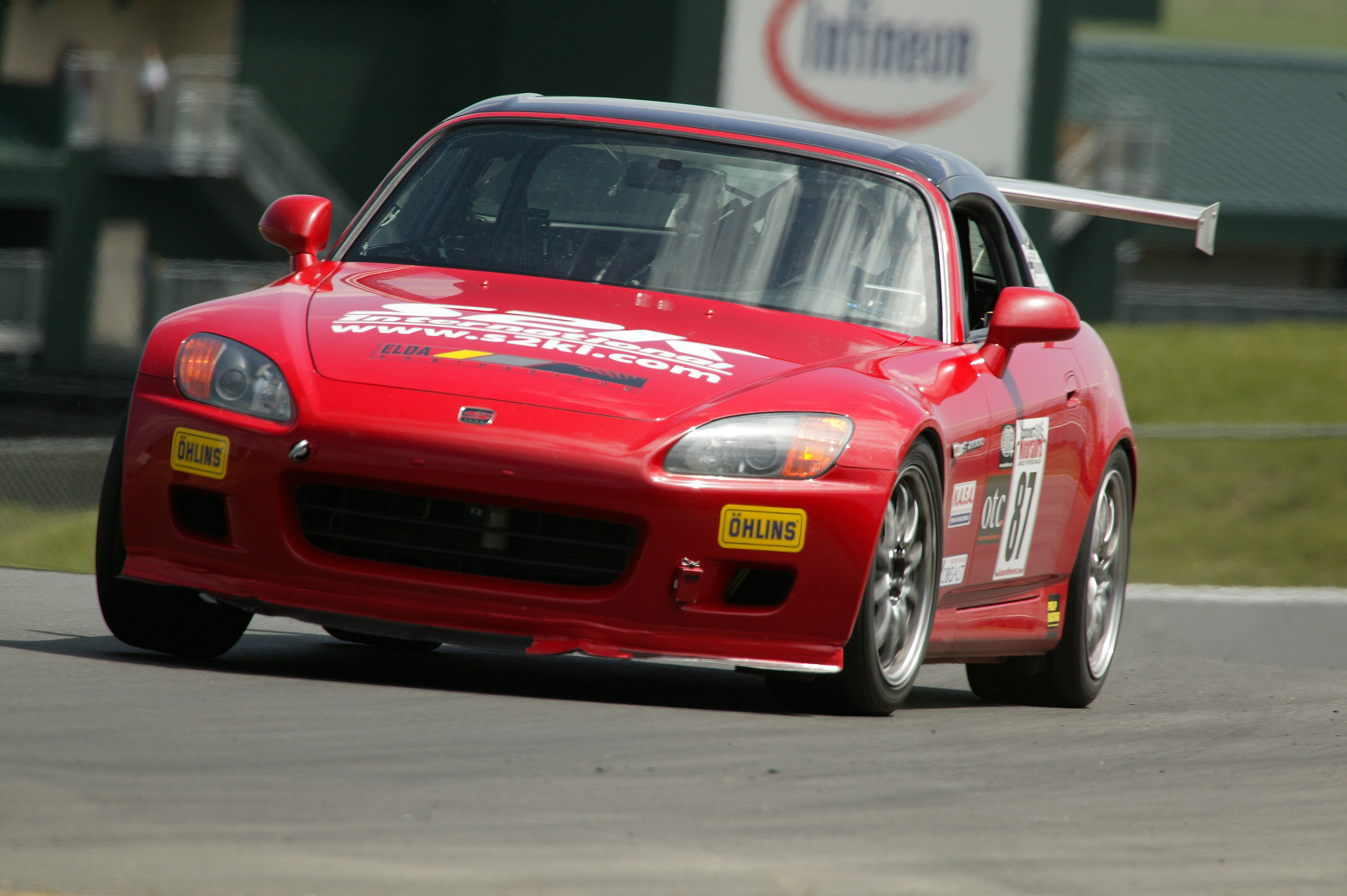Heel-Toe or Heck No?

Recently, discussion about the “heel-and-toe” downshift technique has raised quite a bit of interest in our Racing and Competition forum as also on my local (Singapore) motoring forum. It is the norm for most (if not all) driver coaching / instructing schools to teach their students to proficiently perform the heel-toe technique. It is widely accepted as a requisite skill in order to competently drive a car like the S2000.
There is, however, another school of thought that believes the heel and toe technique is not necessary since there seem to be quite a few drivers who deliver record setting lap times and win races without its use. Yet others think it is vital for both longevity of the transmission components (especially during endurance races) and for smoother and faster lap times.
First of all, let’s break down how the heel and toe technique is commonly performed and then assess the benefits it can confer if done correctly. The driver first applies the brakes to slow the car down to the appropriate speed before entry into the corner and then depresses the clutch pedal. The driver then quickly blips the throttle (a quick stab of the throttle) by rolling the outer section of his/her foot onto the accelerator pedal to raise the revs of the engine to match the engine speed of the lower gear after the downshift is complete. The driver then shifts to the lower gear and releases the clutch to complete the heel and toe downshift.
What benefits does a properly executed heel-toe confer? The accurate matching of the engine speed by blipping the throttle allows the driver to release the clutch upon downshift without any jerk caused by a mismatch of engine speed. This achieves multiple benefits of reducing the chance of wheel lock from the shock of the mismatch when cornering at traction limits, reduces the shock to drivetrain components, and eases the forward weight transfer caused by the braking action. All of these benefits should translate into less wear and tear on the drivetrain while possibly giving the driver better lap times through optimized grip. I have personally experienced the benefits of this technique as a used oil analysis of my gearbox and rear differential fluids (after two and half years of ownership) showed minimal wear despite heavy track use of up to fifteen laps per run.
The counter-arguments to this technique would be that it may be unnecessarily distracting to perform the heel-toe technique thus leading to less optimal braking. Data plots recorded by my Performance box track data-logger showed slight relaxation of brake pressure at the point where I was heel-toeing lending some truth to this argument. Many also state that it isn’t strictly necessary to use this technique since winning drivers have already been winning without it.
Perhaps the best approach is to keep practicing both techniques so that one is not hobbled during a race. For someone who is starting out and not well-versed in the heel-toe technique, they’d probably be faster learning braking and turning points along with proper car control. Heel-and-toe can be picked up once confidence is gained and one is able to consistently drive the line.
With that said, do you think heel-and-toe is an absolute necessity for driving on the track or do you think it’s not particularly significant to being fast? We’d like to hear your views.
Image courtesy of cthree and joesnow
RELATED LINKS:
S2000 Racing and Competition – Heel and Toe Technique
